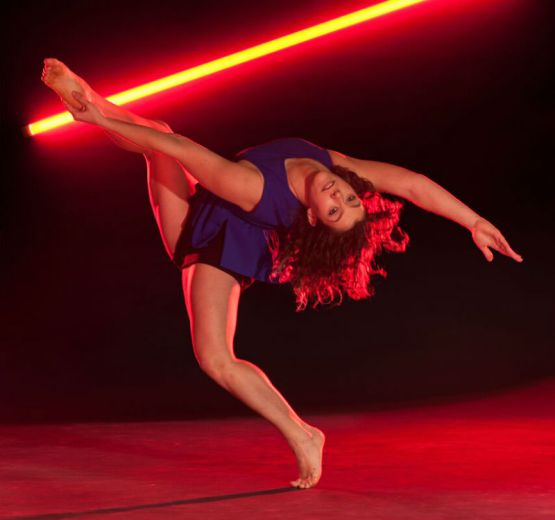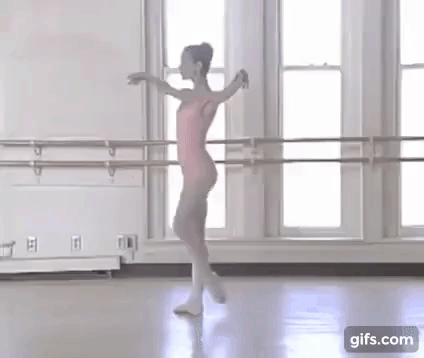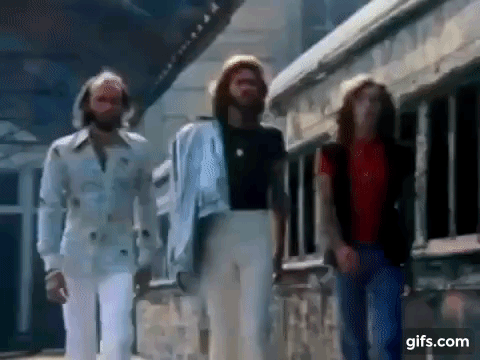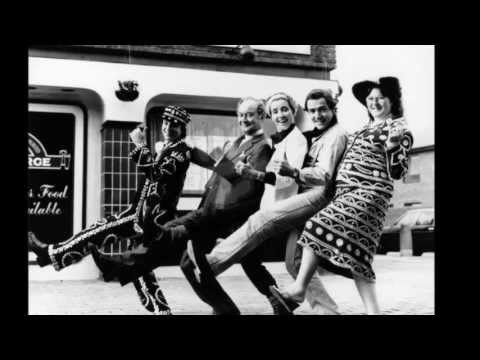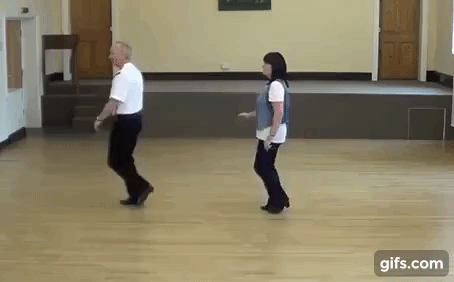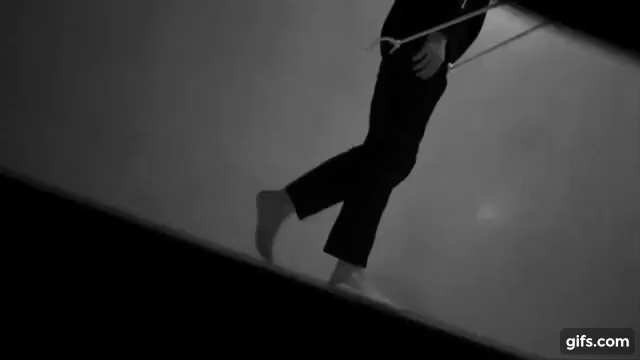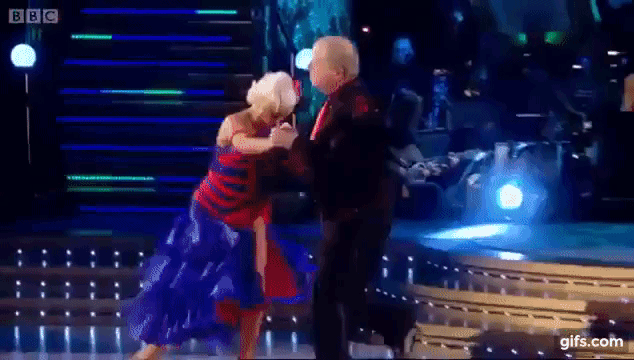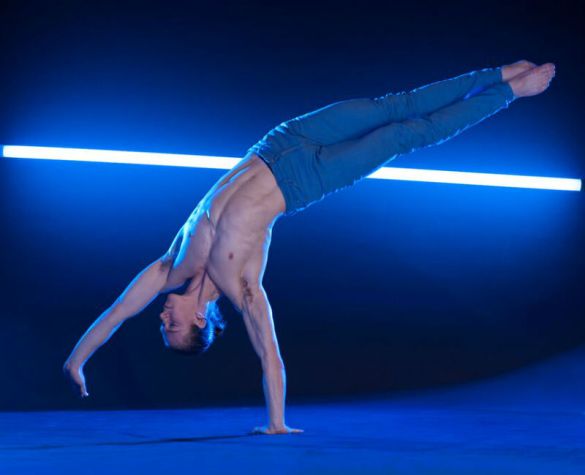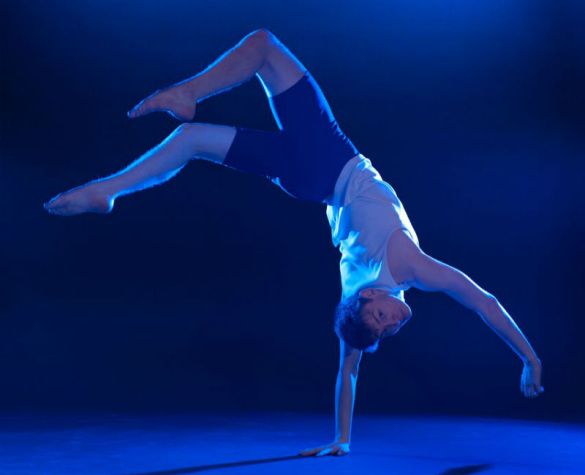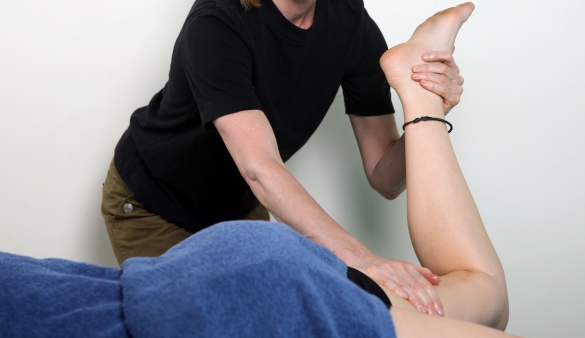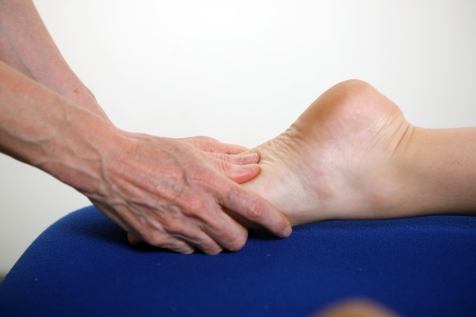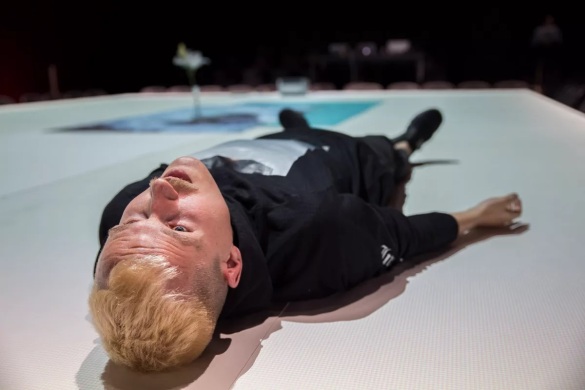Ahead of Transitions’ 2018 international tour, we caught up with Finnish-born dance artist Wilhelmina Ojanen.
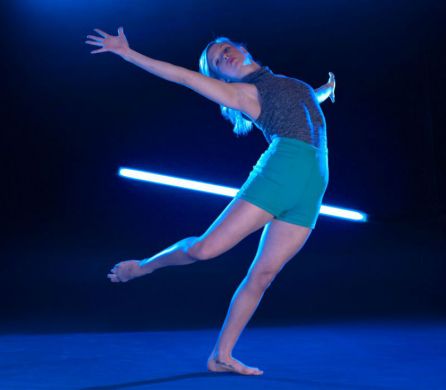
Image: Wilhelmina Ojanen (Credit: Chris Nash)
How does it feel to be dancing with Transitions?
We’ve become such a strong group. We’re very comfortable with each other and there’s a strong network of trust and support. Everyone has brought different training experiences, styles and strengths. It is such a rewarding process to learn from my fellow dancers as well as from the staff and invited choreographers.
What attracted you to studying at Trinity Laban?
My first experience of Trinity Laban was attending a dance summer school. I liked the atmosphere and the facilities and knew the conservatoire had a good reputation internationally so I came to study on the BA programme.
During my undergraduate I really enjoyed the opportunities to choreograph and perform throughout the three years of the programme. Through this I realised my passion for creating work as well as performing. Studying here as an undergraduate also gave me a great understanding of Transitions Dance Company – I observed first-hand what an amazing programme it is.
I chose to continue my studies with Transitions to develop as a performer and choreographer. I wanted to work in a range of styles and with different creators to learn how to be adaptable. I think it’s so valuable to experience different approaches as a dancer, to see how tasks are proposed, how a vision is developed. This informs my own practise as a choreographer, helping me to better understand what I’m asking my own dancers.
What can audiences expect from the Triple Bill?
I think audiences will be surprised at how different the pieces are and will enjoying being transported from one world to another.
What is your favourite piece to perform and why?
I can’t choose! All three are very good but in very different ways.
I love Hagit’s way of working and her movement style – it’s so human and easy to connect to. It has a generosity that I really enjoy.
We had so much fun in the studio with Jarkko, experimenting and testing things out. It made us close as a group.
Richard’s movement style is very specific and has an extreme physicality – he incorporates a lot of floor work and is influenced by martial arts and ballet – so even before the start of the piece I feel like I need to inhabit his movement world. But through this developmental process has made me feel physically stronger as a dancer.
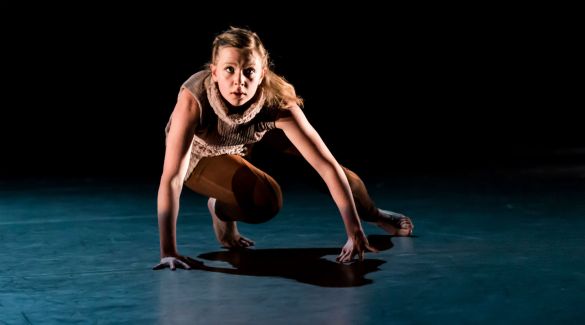
Image: Wilhelmina Ojanen performing ‘When running starts and stops’ by Richard Chappell (Credit: Lidia Crisafulli)
In Jarkko’s piece your vision is reduced/restricted as a condition of the work, what’s that like to perform?
Although the condition is quite challenging, it makes your other senses more aware, especially as we’ve been dancing this way since the start of the rehearsal process. In the first rehearsals we just had our eyes closed and now the costume has become an extension of this.
I find the work exciting to perform because where we end up and who we come in contact with is different every time. And I find it endearing in some ways. It’s rather cute how we’re so tentative and exploratory. I think Jarkko wanted to highlight something serious but make it fun and light-hearted.
You feature prominently in Hagit’s piece, tell us more about it.
Hagit described it as an individual trying to move backwards – emotionally, physically – and the group helping them forwards. She’s trying to resist that but also lets the group guide her. I think it’s really poetic.
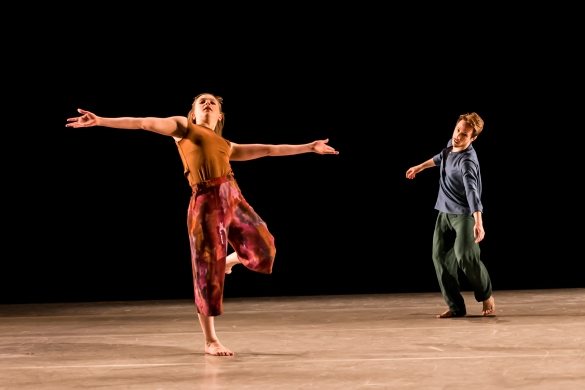
Image: ‘The Ar/ct of moving forward’ by Hagit Yakira (Credit: Lidia Crisafulli)
What are you most looking forward to ahead of the tour?
I’m looking forward to taking the work to other venues, to see how different stage sizes and different audiences change it, to experience how the pieces will develop as the tour progresses.
And of course I’m particularly excited to go to Finland – I already have a huge list of family and friends who want tickets!
You are Finnish but spent many years in South America. Where do you connect to most?
That is a really good question. I’m very interested in exploring questions of belonging, studying heritage, and investigating how culture influences the way we see things.
Finland is where my family is, but I do miss South America. I carry a little bit in my heart. I also feel like I’ve built a home in London – there’s a lot of opportunity to see and make work, and form connections with people.
You’re one of four Young Associates on Sadler’s Wells inaugural programme, can you tell us a bit more about this?
It’s a two year artist development programme led by choreographer Tim Casson that’s specifically aimed at emerging dance talent and forms a crucial missing step in their Associate Artist family. All of the support offered is designed to develop our own unique artistic and choreographic voice.
This is the first time Sadler’s Wells is running this programme and it’s amazing that such a prolific creative institution is offering support for young dancers.
Our first commission is for the Lilian Baylis for Oct 9-10th as part of the Sadler’s Wells 20th Anniversary celebrations, which is really exciting.
What’s next?
Right now I’m concentrating on performing and choreographing. I want to focus my energy on the tour and the Sadler’s Wells programme. Further ahead, I’d like to teach and share my work in that way.
Transitions 2018 Tour | 19 February – 24 May
For full tour details and to find out more about Transitions Dance Company, visit www.trinitylaban.ac.uk/transitionsdc
To find out more about studying dance at Trinity Laban, visit our pages.
By Robyn Donnelly (Press & PR)
